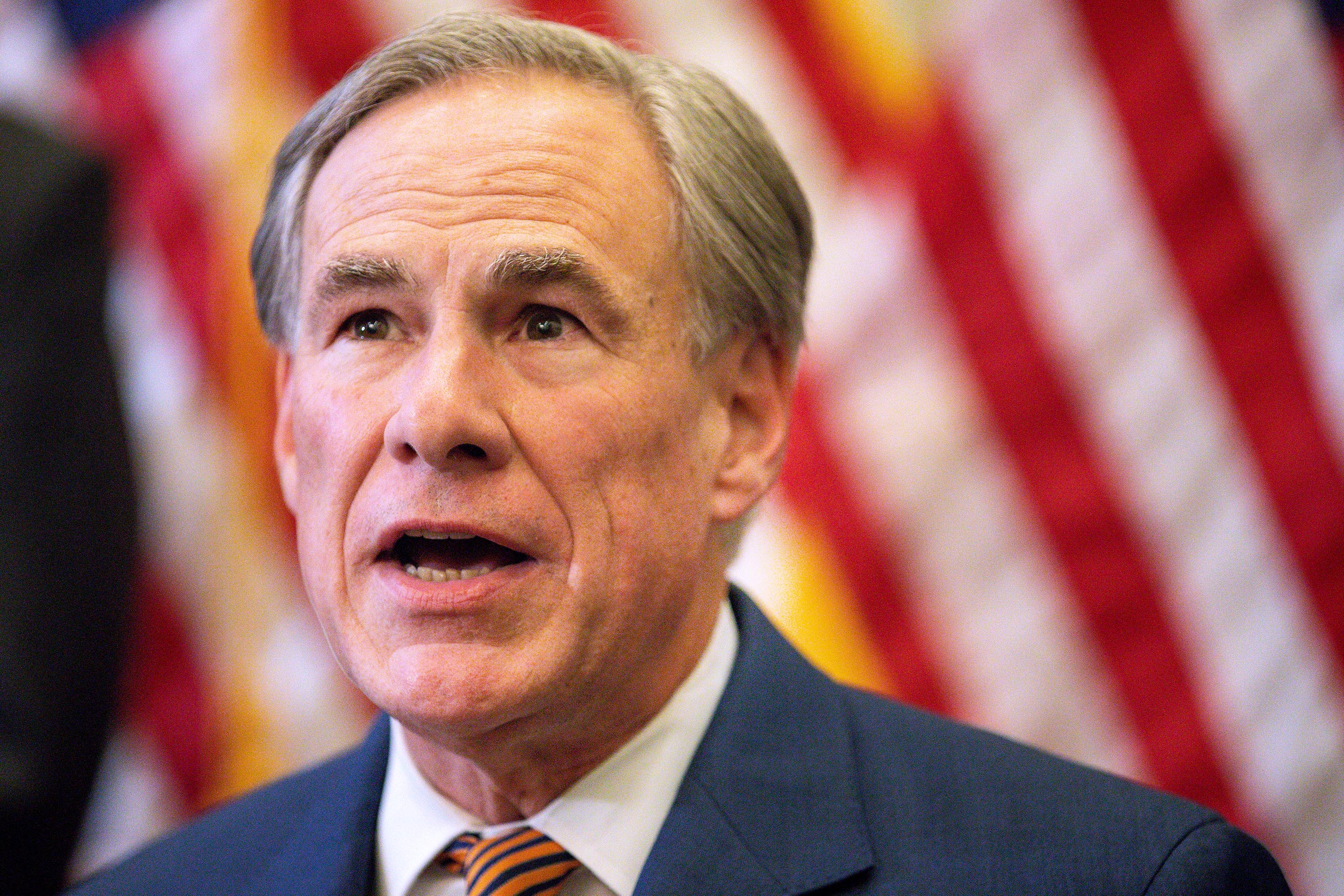
Texas Governor Greg Abbott’s ban on transporting migrants shot down… for now
The measure blocks the transport of migrants from the border to aid organizations over the potential transmission of COVID-19.
On Wednesday, July 28, Texas Governor Greg Abbott issued an executive order restricting ground transportation of migrants who pose a risk of carrying COVID-19 into Texas communities.
It also allows Texas Department of Public Safety troopers to reroute vehicles back to their origin point if it is suspected the driver is transporting migrants infected with the virus.
"The dramatic rise in unlawful border crossings has also led to a dramatic rise in COVID-19 cases among unlawful migrants who have made their way into our state, and we must do more to protect Texans from this virus and reduce the burden on our communities," said Abbott.
Statement responding to U.S. Attorney General Merrick Garland’s letter regarding Executive Order GA-37: https://t.co/58J3KIEUBC pic.twitter.com/y1WyTe9wNd
— Gov. Greg Abbott (@GovAbbott) July 29, 2021
The following day, U.S. Attorney General Merrick Garland threatened to take legal action if Abbott didn’t rescind his order, calling it “dangerous and unlawful.”
“The Order would exacerbate and prolong overcrowding in facilities and shelters and obstruct the federal government's arrangements with state, local, and non-governmental partners to ensure that released individuals are transported for appropriate COVID-19 testing to address public health concerns,” Garland wrote in a letter to Abbott.
Then, on Friday, July 30, the U.S. Justice Department sued Abbott and Texas.
In the lawsuit, the DOJ claimed that Abbott’s order would contribute to the spread of COVID-19 and disrupt immigration officials’ network of contractors and non-government organizations that help host recently-arrived migrants as their legal cases are pending.
“In our constitutional system, a State has no right to regulate the federal government’s operations. This restriction on the transportation of noncitizens would severely disrupt federal immigration operations,” the DOJ wrote in the lawsuit.
Most recently, on Tuesday, Aug. 3, U.S. District Judge Kathleen Cardone granted a temporary restraining order against the measure. It will be blocked until Aug. 13, when the two sides will appear for a follow-up hearing on whether Cardone will continue to block the Texas policy or not.
RELATED CONTENT
Cardone’s ruling found that the measure conflicts with federal immigration law and violates the supremacy clause of the U.S. constitution.
Cardone wrote that the order causes irreversible damage to the nation and the individuals the U.S. is charged with protecting. She stated that it risks the safety of federal law enforcement personnel and their families, only serving to make the state of the pandemic worse.
GREAT NEWS: A federal judge issues a temporary halt to TX Gov. Greg Abbott's migrant transportation executive order. Holds until August 13.
— Voto Latino (@votolatino) August 3, 2021
Remember: Abbott's latest political stunt only seeks to terrorize our immigrant communities and distract from his failures as a governor. https://t.co/MLdhXxPagA
Officials told Cardone that Abbott’s order would significantly affect their ability to run operations smoothly. It would complicate the process of transporting detained immigrants to other locations, including local organizations that support released detainees and shelters that look after unaccompanied minors.
Brian Hastings, chief patrol agent for U.S. Border Patrol, said in court filings that if the order prevented migrant children and families from being moved, it would violate federal regulations concerning how long individuals can be held in Border Patrol facilities. Hastings also agreed that it could potentially worsen the spread of the virus.
Fernando García, executive director for the Border Network for Human Rights, commended Cardone for the decision, calling the state’s defense hypocritical, given Abbott’s recent ban on COVID-19 prevention measures such as school mask mandates.
The order was wrongheaded and helped to drive a hateful narrative about immigrants. It’s poetic justice that it was halted in #ElPaso on August 3rd. #ElPasoStrong https://t.co/c9n8G7cgnV
— Joe Moody (@moodyforelpaso) August 3, 2021
“It was very clear that the state was advancing an anti-immigrant agenda rather than concerns for border residents,” García said.











LEAVE A COMMENT:
Join the discussion! Leave a comment.